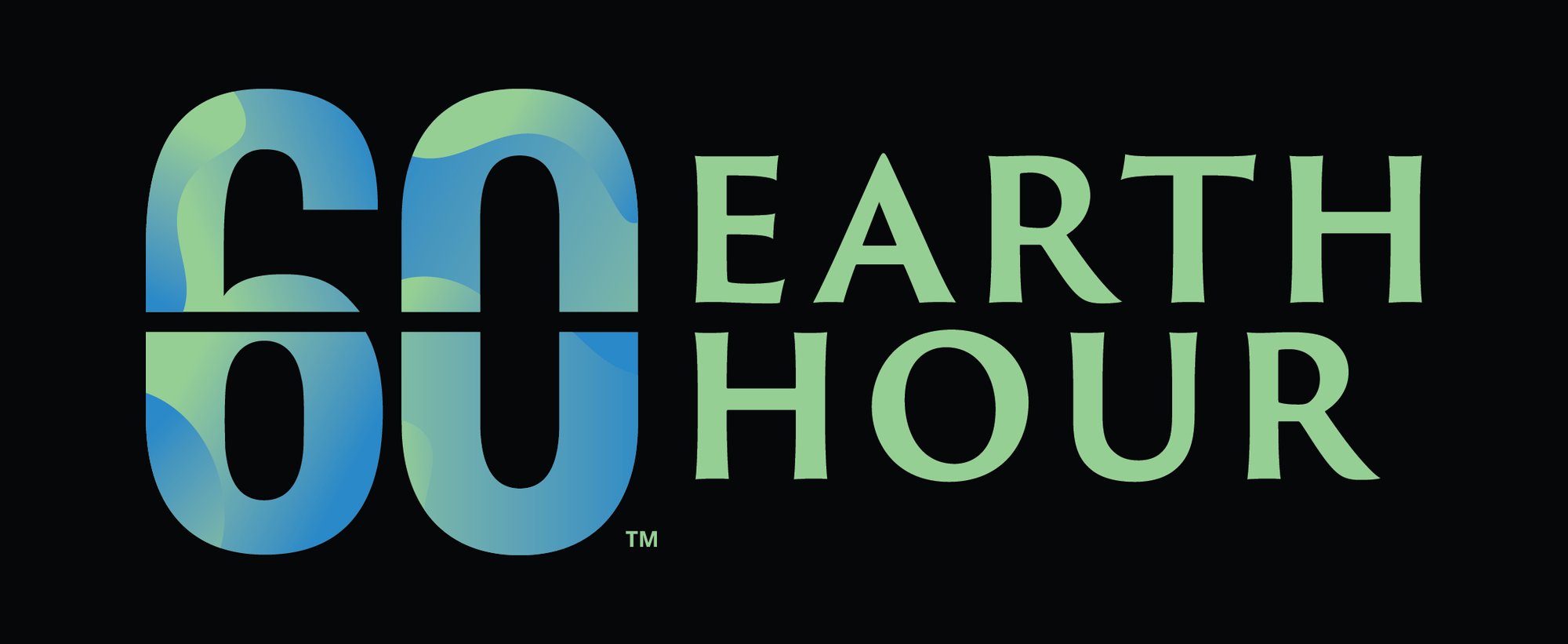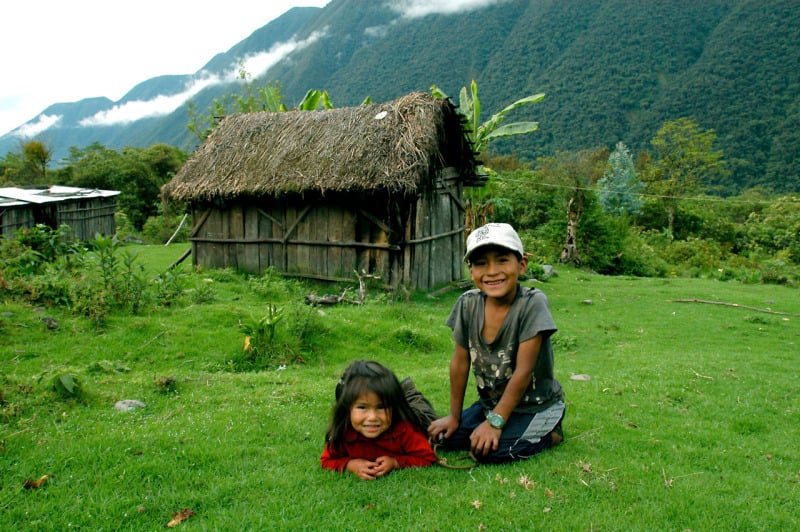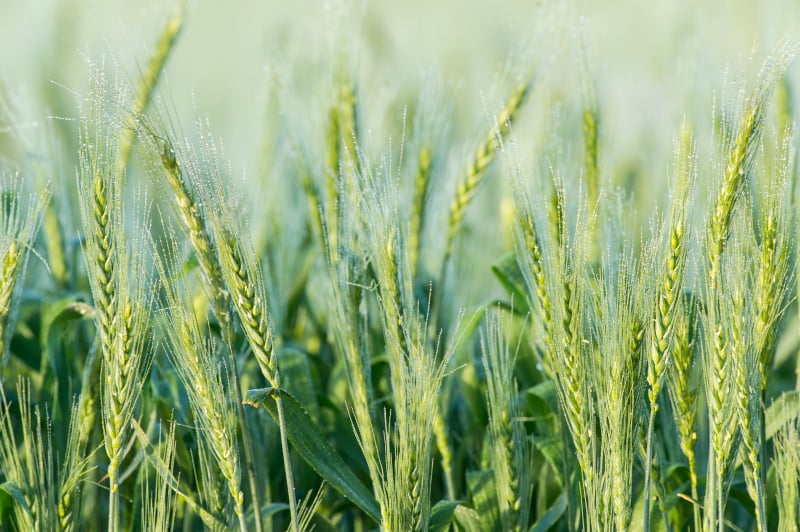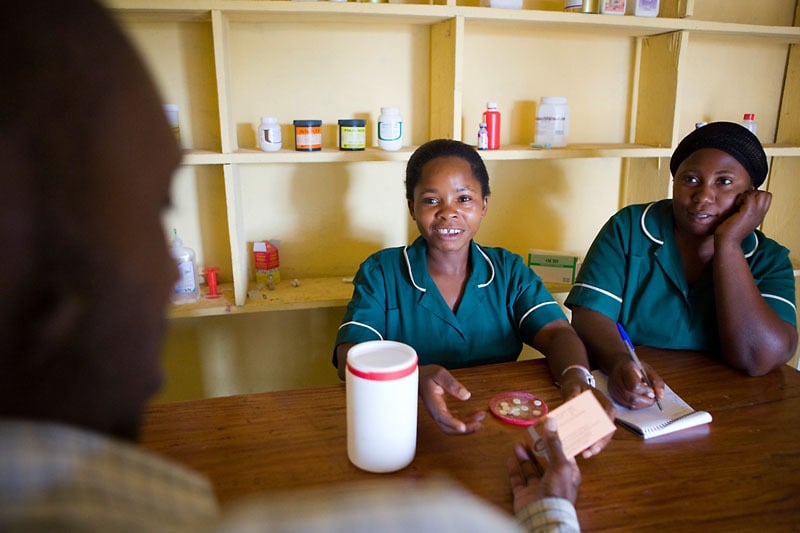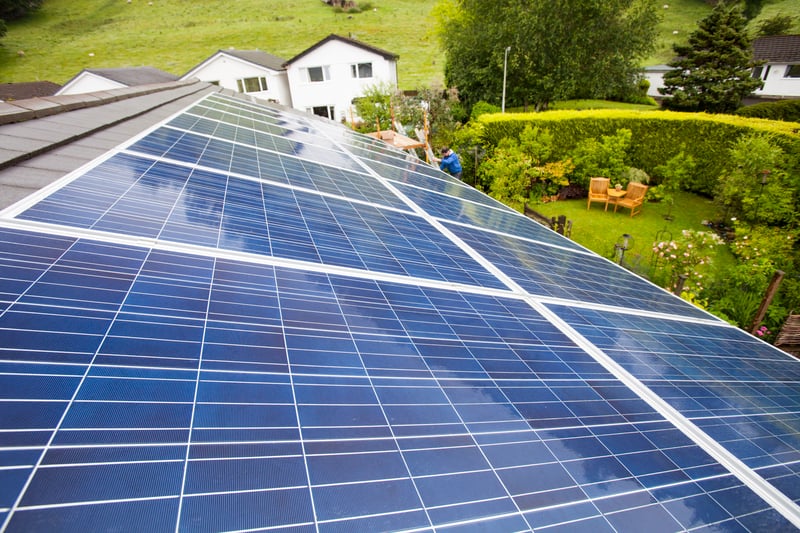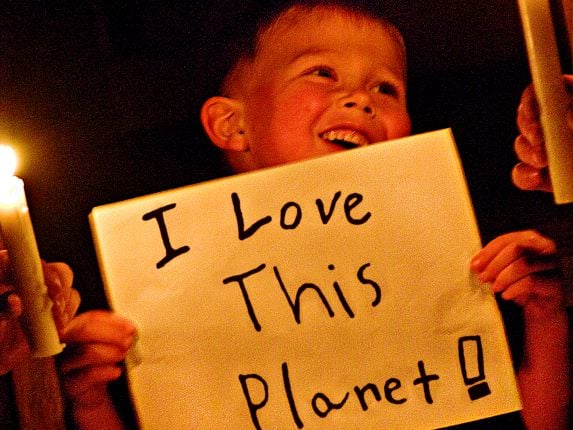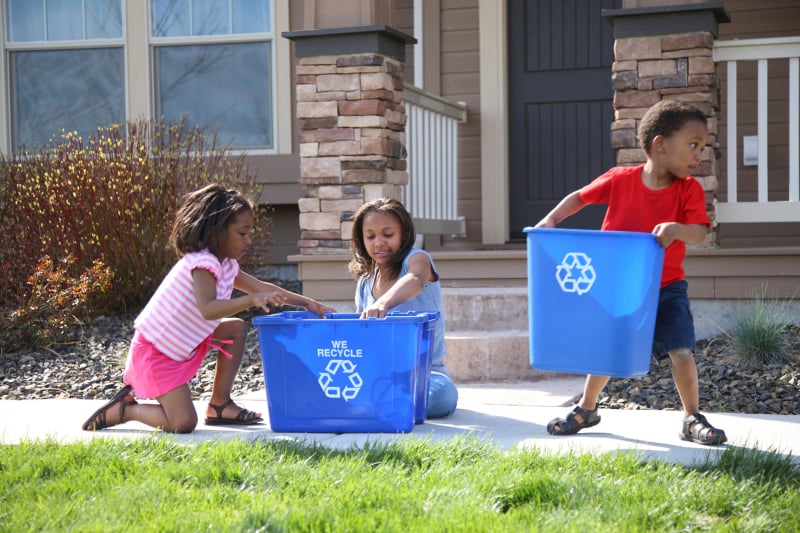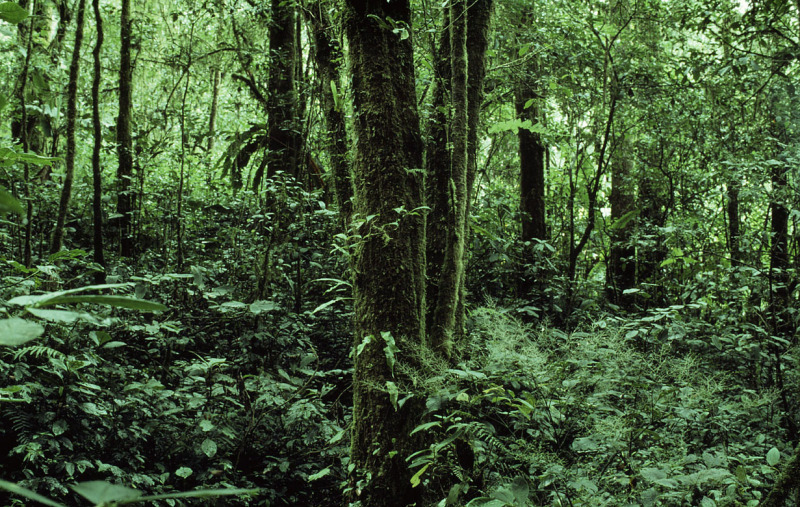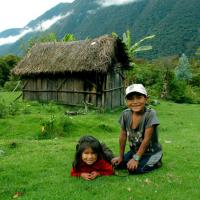
This week, all eyes are on the UN General Assembly as countries come together to decide the post-2015 future for the global development agenda, popularly known as the Sustainable Development Goals or SDGs. At Earth Hour, we believe the SDGs present an opportunity to promote climate change goals and lay the foundation for development that is truly sustainable. Browse through the photos below to see how action on climate change is closely linked to most of the 17 SDGs outlined by the UN and how the SDGs can help propel us towards a climate-resilient and sustainable future.
Goal 1: No Poverty
To eradicate poverty, we need to address the challenges of climate change which act as a ‘threat multiplier’. Whether it is the impact of extreme weather events and erratic weather patterns on vulnerable regions and communities or on the livelihoods of the millions dependent on natural resources, climate shocks and little to no capacity to cope can add to existing precarious situations. For example, Bangladesh, a net food importer, is projected to see a 15% rise in poverty by 2030 as food insecurity rises due to a climate-related spike in food prices.
Copyright: Gustavo Ybarra / WWF
Goal 2: No Hunger
We know that climate change and its impact on temperature, rainfall and seasonal trends will affect crop and food production in several regions, resulting in lesser yields for major staples like wheat, rice, maize and even coffee! By 2050, the IPCC projects climate change will increase global food prices by up to 84%, pushing many people, particularly in urban areas, into a future of food insecurity.
Copyright: Peter Chadwick / WWF
Goal 3: Good health
"Around the world, variations in climate are affecting, in profoundly diverse ways, the air we breathe, the food we eat, and the water we drink," says Dr. Maria Neira, Director, Public health and environment department, World Health Organization (WHO).
Over the next century, climate change is expected to increase the spread of tropical diseases such as cholera, malaria, dengue and yellow fever. Furthermore, displacement of populations triggered by extreme weather events, food insecurity and increasing urbanization could also impact health as people’s access to healthcare and basic necessities may be hampered.
Copyright: Simon Rawles / WWF
Goal 6: Clean water and sanitation
Climate change is already affecting and will continue to affect water supply and access in different ways. While an increase in the occurrence and intensity of floods in some regions will impact homes, infrastructure, agricultural output and water quality, the increase in frequency of droughts in other parts will threaten water supply and access for entire communities. Across Africa, lakes (including Tanganyika, Victoria and Malawi) are already getting warmer, degrading water quality and harming fisheries.
Copyright: Elizabeth Kemf / WWF
Goal 7: Clean energy
The WWF Energy Report shows a 100% renewable world is possible. What better place to start than by ensuring the goal to provide electricity and energy access to the billions of people who lack it puts the spotlight on renewable energy which is clean AND green? Choices governments make regarding access to clean energy today and during the time frame of the SDGs could pave the way for the fossil fuel-free future our planet needs.
Copyright: Global Warming Images / WWF
Goal 9: Innovation & infrastructure
We know cities account for 70% of global emissions and given the SDG’s focus on innovation and infrastructure, urban development could play a key role in ensuring emissions dip downwards. Low-energy building codes, retrofitting and increased use of existing technologies could help ‘lock-in’ low carbon development and curb emissions.
Copyright: Global Warming Images / WWF
Goal 11: Sustainable cities and communities
The Earth Hour City Challenge shows us the potential cities have to change climate change. With experts predicting urban areas will triple by 2030, action under this goal of the SDGs can support truly sustainable growth and ensure climate resilience and adaptation for years to come.
Copyright: Jeremiah Armstrong / WWF-Canada
Goal 12: Responsible consumption
To tackle climate change, the rate of growth in global consumption has to fall in the next decade and this includes encouraging sustainable lifestyles and behaviour in energy usage, consumption of food and consumer goods and waste management. Did you know globally only about 20% of municipal waste is recycled while waste reduction, re-use and recycling, and energy from waste can actually help significantly reduce greenhouse gas emissions?
Copyright: Istockphoto.com / WWF-Canada
Goal 14: Life below water
The role of oceans in changing climate change is undeniable but as effective a weapon as they are, they are also on the very frontlines of it. Ensuring sustainable use of marine resources and protecting marine ecosystems is key to maintaining the health of the oceans and their ability to fight against climate change.
Copyright: Jürgen Freund / WWF
In addition, many vulnerable communities depend on fisheries for their livelihoods and will be increasingly affected by climate change impacts on yields, thus affecting goals on poverty, hunger, health and education as well.
Goal 15: Life on land
On land, there is a great risk that a high temperature rise – combined with other factors of human influence – will result in abrupt and irreversible changes to terrestrial ecosystems this century, especially in the Amazon and Arctic. This will lead to substantial additional climate change as the carbon stored in peat-lands, permafrost and forests is released into the atmosphere.
Copyright: Mauri Rautkari / WWF
Given the link between climate change and sustainable development, the SDGs present a never-before opportunity to forward climate action and ensure tackling climate change is seen as a priority for human development as a whole.
Furthermore, the time frame of the SDGs is the period when the world needs to take concrete steps to reduce emissions and build a climate-resilient future. The choices they make on energy, infrastructure and innovation could hold the key in steering the world away from climate catastrophe.
As Jim Yong Kim, President of the World Bank, has said, ‘If we don’t confront climate change, we won’t end poverty.’ The SDGs could help ensure we tackle both.
Copyright: Earth Hour Italy
